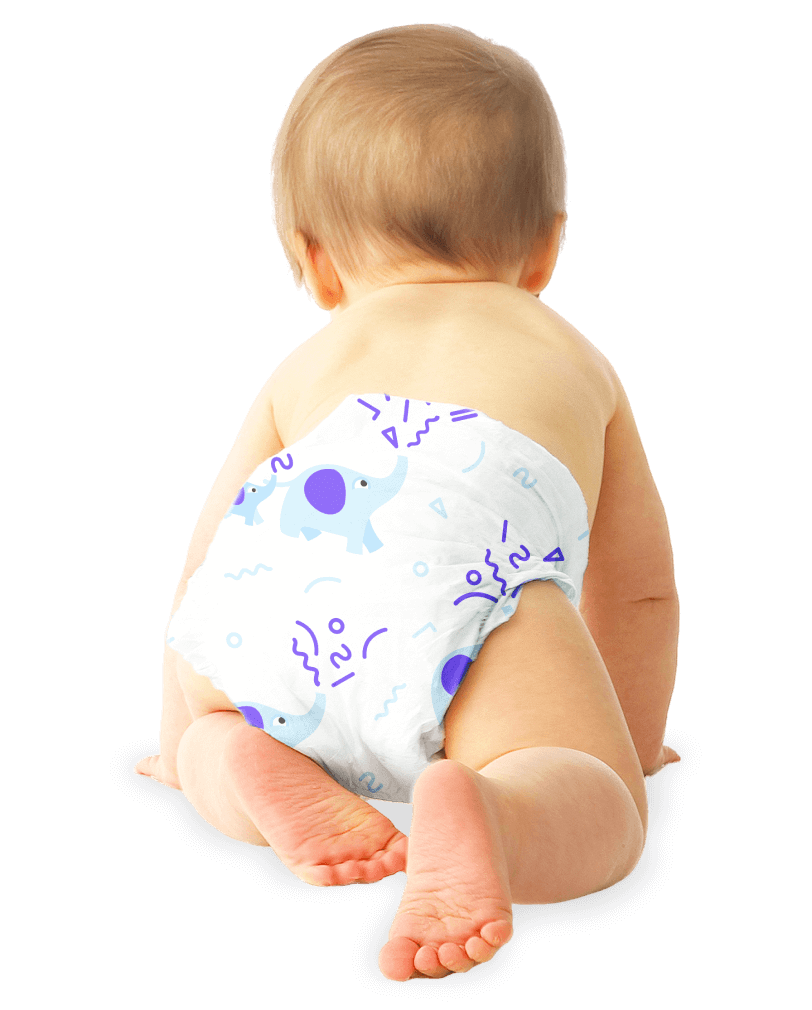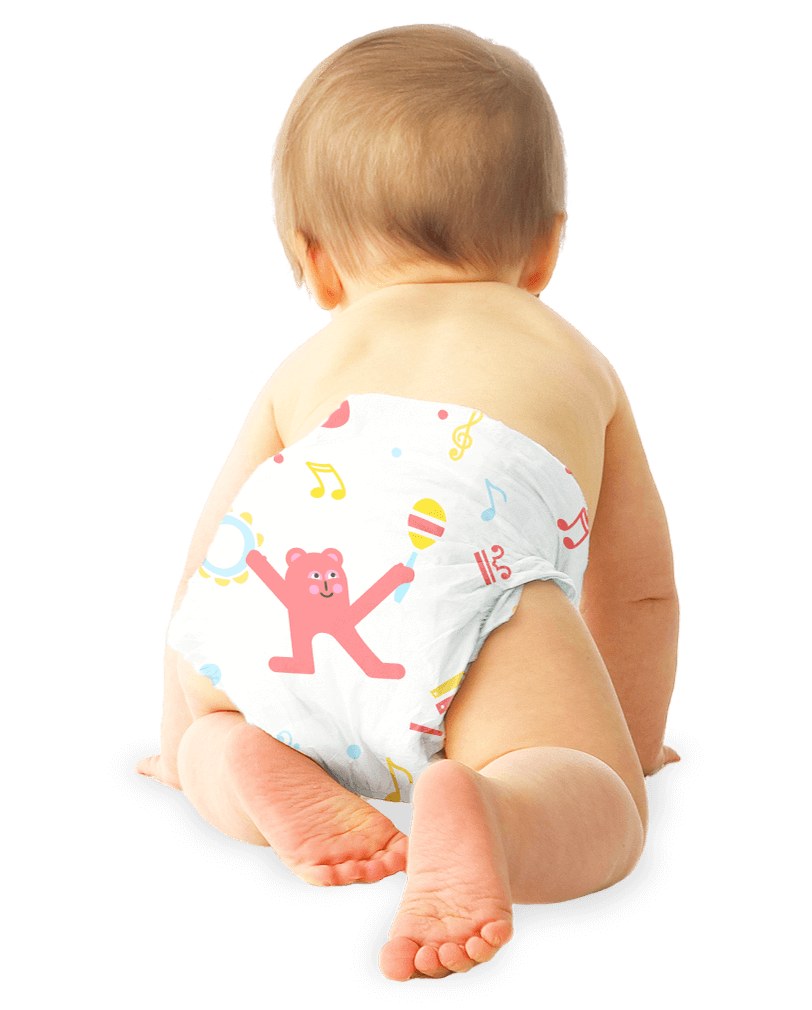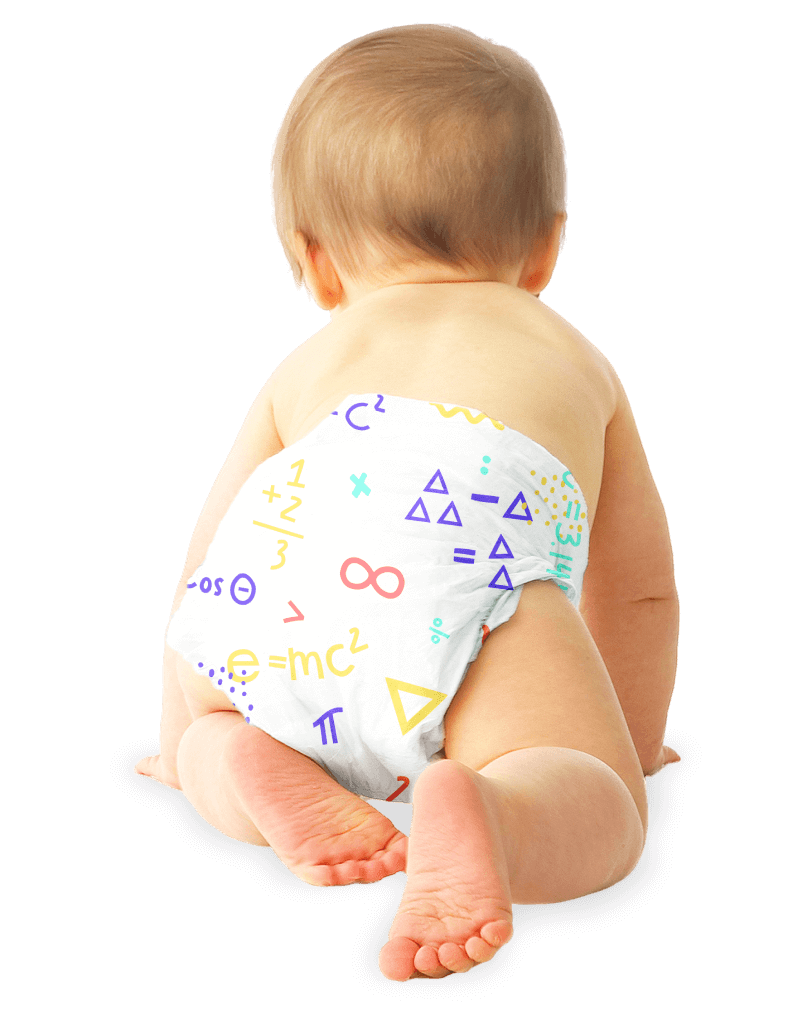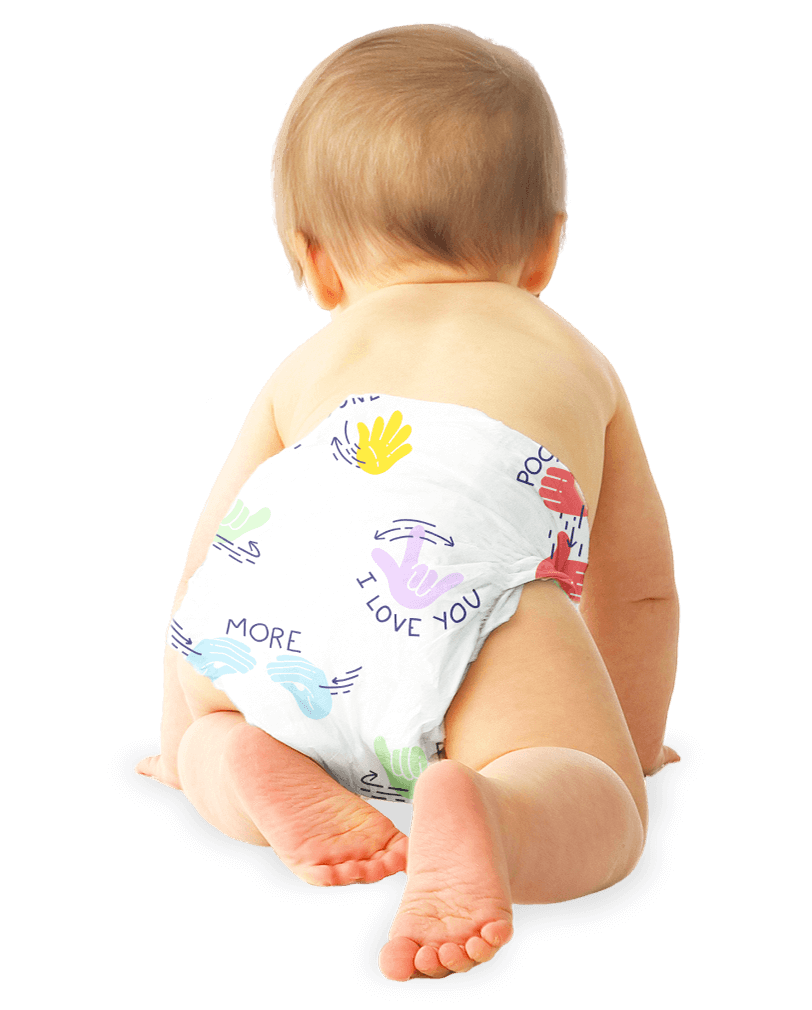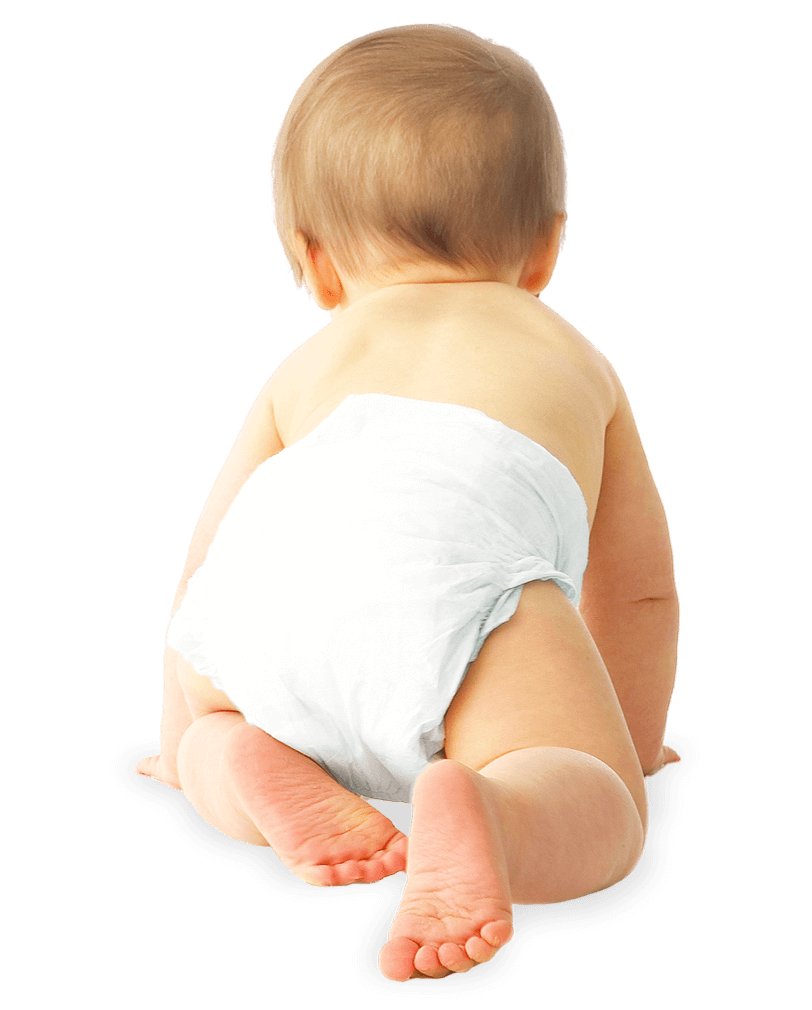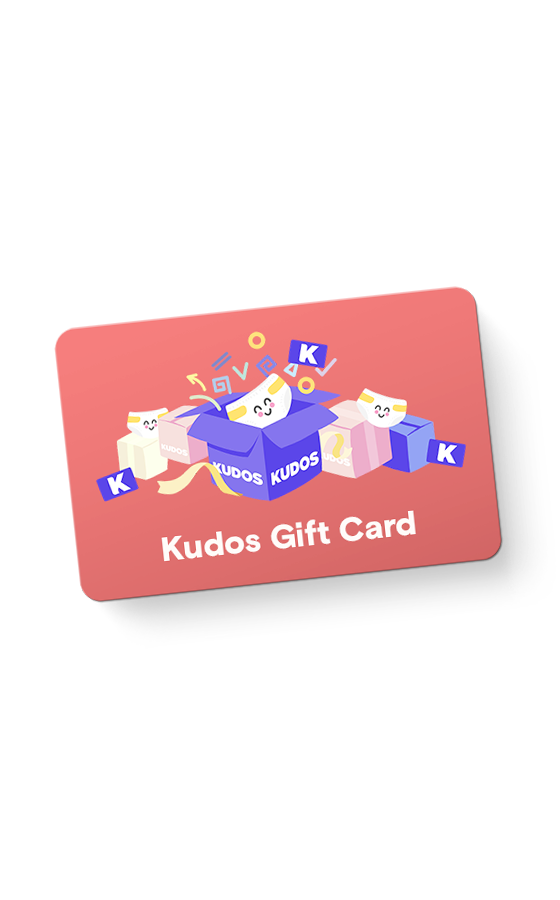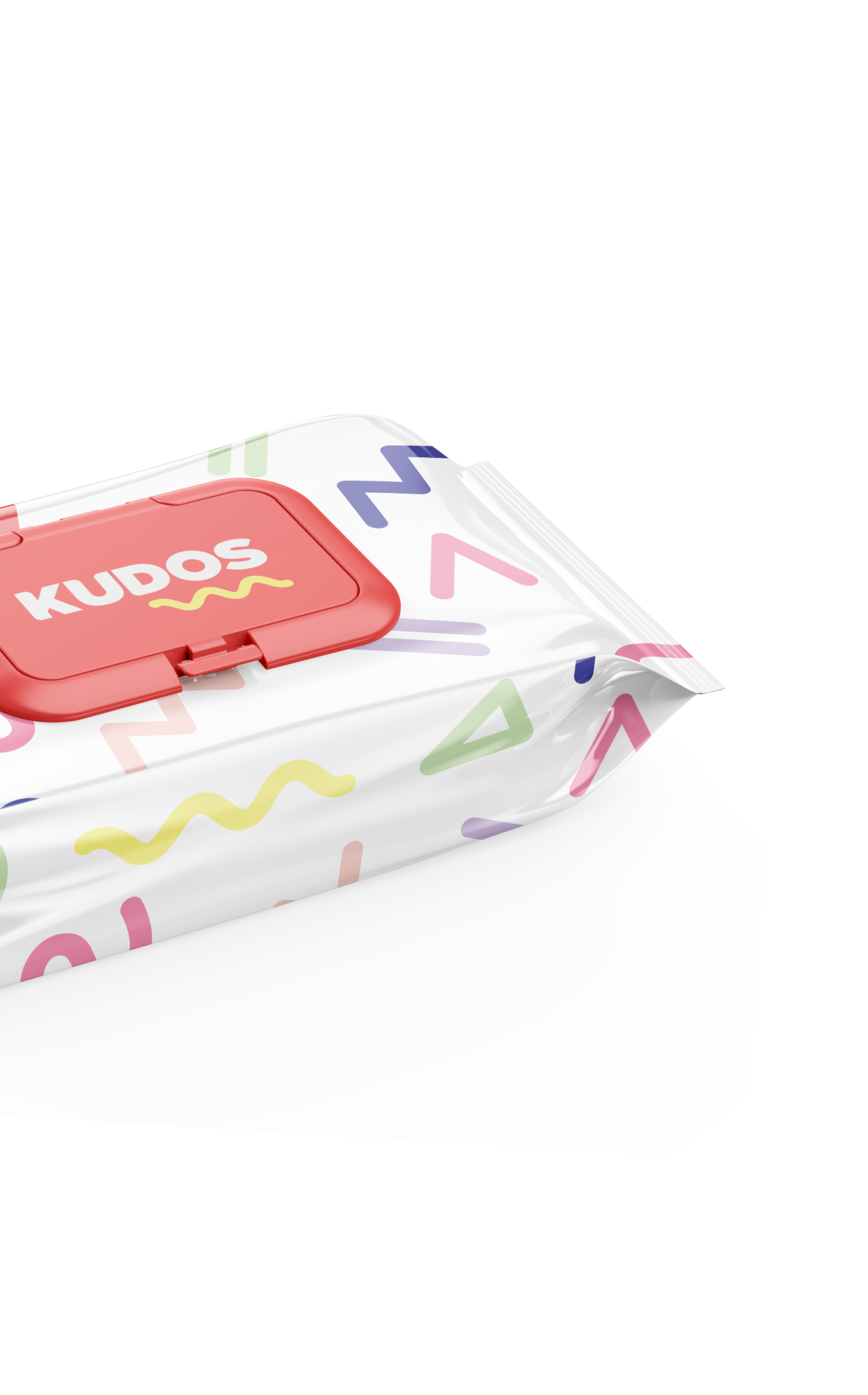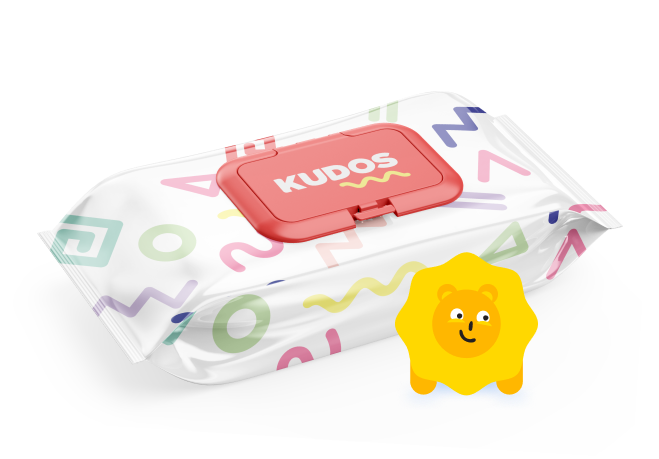Postpartum Placental Consumption
If you’ve been reading about natural birth, you have probably come across some references to eating your placenta after delivery. The medical term for this is placentophagy, derived from the ancient Greek verb phagein “to eat.” However, placentophagy is neither a Greek practice nor an ancient one. It’s a relatively new phenomenon that has gained traction in the last twenty years or so.
If you are trying to parse all the information available on this subject, you might be overwhelmed. Proponents claim a gamut of benefits, including prevention of postpartum depression, treatment of anemia after delivery, stabilization of hormones, improvement of pain control, better sleep, and stronger bonding.
All of this sounds great, but it hasn’t been proven. In fact, there are probably few (if any) benefits to this practice. If you are considering placentophagy, this in-depth article will take you through the history, science, mechanics, benefits and risks. Join me – I’ll help you digest before you ingest.
First, let’s explore the physiology of the placenta before and at the time of delivery
The placenta is probably the coolest organ in the human body. While a fetus is growing and developing, the placenta does the job of almost all of its organs. Its system of blood vessels forms in the first trimester of pregnancy and carries out the duties of the lung, kidney, immune system, endocrine system, and more.
The placenta continues to serve this purpose all the way through labor (and for a couple of minutes after delivery) until the infant starts breathing and the umbilical cord stops pulsing. You can read about what happens in those couple of minutes here.
After delivery, the infant’s organs are ready to start doing all of this hard work on their own, and the placenta is no longer vital to the survival of the infant. Most of the time, your relationship with your placenta ends here. It either gets sent to pathology if you had conditions like preeclampsia or growth restriction, or it’s incinerated as medical waste. In many cultures it is used in a ritual or celebration.
Recently, people have proposed other uses, like making a body salve or eating it, in attempt to harvest some benefit.


Where did the idea of eating the placenta come from?
Many (but not all) mammals eat their placentas, so it’s understandable why humans would want to explore the benefits. Scientists believe animals consume their placentas for a variety of reasons, including hiding evidence of the birth from predators, replenishing iron to compensate for blood loss, bonding with the young, and easing the pain of birth. These are all great evolutionary reasons and it makes sense, in theory, that there could be benefits for humans as well.
The logic is as follows: women deliver the placenta postpartum and then immediately experience a drop in the high hormone levels of pregnancy. So, if we could replace the hormones and compounds from the just-delivered placenta, it might stave off all of the mood instability and negative aspects of being a mom to a newborn.
Unfortunately, it’s not quite this simple.
The difficulty with the term “natural” in reference to placentophagy
The way that humans have adapted this behavior is more inspired by nature than truly natural. Even though humans are technically members of the animal kingdom, it’s important to remember that there are plenty of things animals do that we don’t (eating feces comes to mind here). Animals that engage in placentophagy eat the raw placenta directly following birth. I have attended thousands of births and not once has a mother had the strong, immediate desire to eat her raw placenta. But, women do exhibit numerous innate urges and actions in labor (such as pushing). To me, this is an indication that though eating the placenta after birth seems “natural,” it’s not actually something that is intrinsic to human behavior.
How do humans eat their own placenta?
The first and most obvious way is to chow down on raw placenta just like our fellow animals. This is rare (as mentioned above). Another way is to blend the raw placenta in a smoothie or cook it into a meal. I don’t personally know anyone who has done this, but I have heard about it.
When most modern mothers ingest their placentas, it is in the form of steamed, dehydrated, encapsulated placenta pills. This process takes several days, so the placenta isn’t available for consumption right after birth. Once the mother receives the placenta pills, they are meant to be taken in small quantities over weeks to months, instead of in an all-at-once body-temperature placenta feast.
When discussing this practice with my patients, I compare it to nibbling on a space ice cream sundae over several months. It’s not like eating a real sundae; it’s more like eating room temperature, dehydrated Dippin’ Dots, if you ate one dot every day.
Many of these encapsulation companies also offer tinctures, which are made from a chunk of placenta dissolved over weeks in high proof alcohol. Moms can ingest a few drops of this on a schedule that works for them. After reviewing all the methods, this one seems the least likely to result in infection for mom or baby (more on that coming up). High proof alcohol is one of nature’s best disinfectants.
What is actually in the placenta?
The placenta contains amino acids (protein), cholesterol, hormones, minerals, and vitamins. But surprisingly, there are few clinical studies listing any useful information about the placenta’s exact nutritional value.
One study I found in the journal Placenta combined 35g portions of 10 different placentas, flash froze them on dry ice, and then examined the major components. It reported that an average placenta contains about 234 total calories, 4g fat, 900mg cholesterol, 500mg sodium, 48g protein, and 26mg of iron. This is only about 1.5 times the total recommended daily dose of iron. Divide this among sixty days (assuming you’ve got two months of your own placenta pills) and we’re talking about essentially no additional “nutrition” each day.
Determining the hormone composition is the murkier piece of the placental puzzle. Analysis of placental tissue found mainly estrogens, progestogens, oxytocin, human placental lactogen, and hormones related to cortisol signaling. In the clinical studies dehydration resulted in hormone loss of about 85%. Steaming and dehydrating combined resulted in even further hormone loss, up to 99% of the original raw content.
The final pill product does contain some hormones, but it’s not clear that the hormones are bioavailable, meaning we don’t know whether oral ingestion results in any clinically significant uptake. There was one study I could find that measured maternal hormone levels among women taking placental capsules, and no significant difference in hormone levels was detected, but they used a nonstandard method to measure hormone levels.
What are the known benefits of consuming placenta?
There are no proven benefits. There are many purported benefits, but most of these are extrapolated from animal studies which have examined immediate raw consumption.
Most encapsulation websites and blog posts list the following as possible benefits: increased milk supply, decreased depression, increased energy/better sleep, decreased bleeding, and faster recovery. However, the small clinical studies that have been done showed no effect on mood, bonding, or maternal fatigue.
The only actual rigorous and objective study performed on postpartum placental supplementation I could find was a double-blind placebo-controlled study examining iron levels in postpartum moms consuming placental capsules. New moms were randomized to be given real placental capsules or look-alike beef capsules. They had their iron and hemoglobin levels measured pre-delivery and then several times post-delivery. Even though the placental capsules contained more iron than the beef capsules, there was no difference in blood iron levels over time between the two groups.
What about all these positive testimonials?
I hate to be the bearer of bad news, but testimonials aren’t proof of benefit. They are proof of satisfaction, which is an entirely different thing. In fact, I couldn’t find a single well-designed study that even suggested a benefit. There are several reasons for this.
From a purely scientific perspective, the benefits are hard to prove. For example, in order to prove increased milk supply, someone would have to conduct a double-blind randomized controlled trial and require women to exclusively pump and forgo direct breastfeeding in order to measure the exact volume of milk supply. Very few women I know would be willing to sign up for that study, even if they got paid.
In addition, it’s very hard to specifically define things like “increased energy” or “better sleep” when each mother’s needs are extremely different. It’s not the same as objectively measuring someone’s cholesterol or blood pressure. There are too many lifestyle variables.
One thing we can’t ignore is that there is likely a lot of placebo effect at play here. What I mean is that if you are spending several hundred dollars for a service that promises to help you through your postpartum period, you’re probably going to feel like you got more support. You might even report being in a better mood than someone who didn’t have access to, or couldn’t afford, the service.
And I’m not pooh-poohing the placebo effect. There are plenty of studies showing that even when you tell people they are taking a placebo they still feel better. Placebos are powerful and helpful in many aspects of medicine.
Are there risks for the baby?
While I couldn’t find any proven benefits, I wasn’t able to come across any studies showing definitive across-the-board risks. So that’s good.
However, in 2016 the CDC did issue a warning about placentophagy because of an infant who was suspected to have developed late-onset GBS (group B Streptococcus) sepsis 5 days after treatment for early-onset GBS sepsis. In this particular case, the mother’s placenta capsules were shown to contain the bacterium. This led providers to recommend against encapsulation and ingestion of the placenta in general, but particularly in women who have an intraamniotic infection (infection of the membranes and/or the uterus by vaginal bacteria in labor).
Viral pathogens like HIV, Zika virus, or Hepatitis and bacterial pathogens like chlamydia may not be thoroughly eradicated from the placental tissue by the steaming and dehydration process. In fact, most of the studies addressing bacterial content have shown that the steaming and dehydration process does not eliminate all pathogens.
Because of this, it is recommended that you do not consume your placenta if you have or have had any infectious diseases that could affect your newborn. If you are not sure, you should discuss your situation with your provider or your future pediatrician.
What about risks for the mom?
There are no proven risks for the mother (limited studies are an issue here) but several theoretical risks exist. The first, and most dangerous, is the theoretical risk of infection. Again, these capsules aren’t sterile and the risk of consuming harmful bacteria is real.
Another theoretical risk is deep vein thrombosis (DVT). Generally, the CDC recommends against estrogen-containing contraceptives in the immediate postpartum period because of the increased risk for DVT in these women. As previously discussed, the placenta does contain various estrogens. While it is not known if these hormones are biologically active or absorbed through the GI tract, they could increase the risk of dangerous clotting if they are.
Encapsulation and consumption of the placenta is often promoted as a way to improve milk production. But the CDC also recommends against estrogen-containing contraceptives immediately after birth due to the risks of milk suppression. The brief explanation is that estrogens (and to some extent progestogens) are inhibitors of the hormone signals that control breastfeeding. When the placenta is delivered and there is a significant decline in these hormone levels after birth, it allows the hormones that control milk production to signal at high intensity without any negative feedback. If birth control pills (which contain higher than physiologic levels of estradiol and progestins) are consumed immediately postpartum, they can interfere with lactational signaling. So, in theory, since the placenta contains estrogens and progestogens, ingesting the placenta in the first couple of days to weeks after birth could interfere with the milk production process as well. Taking small daily capsule amounts is probably less harmful than a giant raw placental meal, but I’d be wary either way.
The only other plausible risk is ingesting higher than normal concentrations of toxins and toxic heavy metal. In general, the placenta acts as a sort of vacuum filter for medications, tobacco, alcohol, and other drugs. There is some concern that “toxins” from these compounds, or even the medications themselves, may be present in higher concentrations in the placenta and could cause toxicity in the mother, or deliver increased levels of these compounds to breastmilk. However, there are no good studies on this.
How safe is the encapsulation process?
There are no uniform standards for placenta preparation. There are only guidelines.
In general, based on limited published protocols and what I could find on individual encapsulation websites, the placenta is rinsed and the membranes (the former bag of water) are removed. The specimen is then cleaned, sliced or pulverized, steamed, and dehydrated. For safety reasons, the placenta should be heated to an adequate temperature for about two hours (remember, it just came through a tunnel of bacteria).
Individuals who perform this encapsulation usually learn about the process through a course, and get certified through that course, but they are not required to pass any sort of state or national licensing exam. Many complete a food safety course as well.
If I want to encapsulate my placenta, how would I go about arranging that?
Women who want to encapsulate their placenta need to find a company in their area that provides the service and make arrangements prior to delivery. There is usually a requirement to sign paperwork after the delivery to have the placenta released by the hospital. Your encapsulation service provider will often pick up the placenta from the hospital in an ice bucket and deliver the capsules to you at your home several days later.
Final thoughts: To eat or not to eat?
There are no formal guidelines, but the CDC did come out against the practice.
My personal opinion is that if we were supposed to be eating our placentas after birth, women would have a strong desire to eat the placenta after delivering it. The fact that I don’t see women chomping at the bit to take a bite tells me we’ve probably just evolved beyond needing to eat the placenta.
It would be nice to eradicate postpartum depression, difficulties in breastfeeding, and poor sleep, but there is no evidence that eating your placenta is the antidote to these (legitimately ancient) woes.
In my experience, having a strong support system of family and friends is truly the most effective way to ease the transition to motherhood. In addition, if you care about the well-being of new families, you should continue to fight for a national paid family leave policy. No placenta capsule will ever provide as much help to new parents as the ability to be financially secure while taking time off from work to adjust to parenthood.
If you are worried about depression, anxiety, or other mood issues, you should talk to your provider and seek out a therapist. Recruit your family and friends for help with the baby and around the house. Make sure to exercise (even if it means just going for a brisk walk) – there is nothing better for low mood than getting your heart rate up.
In terms of nutrition, the best thing you can do is eat a balanced diet. But it doesn’t need to include your placenta.
References:
- Farr, A et al. Human Placentophagy: a review. AJOG. 2018; 218:401-410.
- Johnson, SK et al. Human placentophagy: effects of dehydration and steaming on hormones, metals and bacteria in placental tissue. Placenta. 2018; 67:8-14.
- Schuette, SA et al. Perspectives from Patients and Healthcare Providers on the Practice of Maternal Placentophagy. JACM. 2017;23:60-67.
- Benyshek, DC et al. Placentophagy among women planning community births in the United States: Frequency, rational, and associated neonatal outcomes. Birth. 2018;45:459-468.
- Gryder, LK et al. Effects of Human Maternal Placentophagy on Maternal Postpartum Iron Status: A Randomized, Double-Blind, Placebo-Controlled Pilot Study. JMWH. 2017;62:68-79.
- Coyle, CW et al. Placentophagy: Therapeutic Miracle or Myth? Arch Womens Ment Health. 2015;18(5):678-680.
- Marraccini ME and Gorman KS. Exploring Placentophagy in Humans: Problems and Recommendations. JMWH. 2015;60:371-379.
- Young SM et al. Presence and concentration of 17 hormones in human placenta processed for encapsulation and consumption. Placenta. 2016;43:86-89.
- Buser GL et al. Notes from the Field: Late-Onset Infant Group P Streptococcus Infection Associated wwith Maternal Consumption of Capsules Containing Dehydrated Placenta – Oregon, 2016. CDC Morbidity and Mortality Weekly Report. 2017;66(25):677-678.
---
Hello world, we’re Kudos! The first and only natural disposable diaper giving babies 100% clean, breathable, soft cotton to sit in all day. Not plastic. Join our mailing list below to learn more.
---
This article is for informational purposes only and is not intended to be a substitute for professional medical advice, diagnosis, or treatment. The views expressed in this article are the views of the expert and do not necessarily represent the views of Kudos.
Questions? Email us at hello@mykudos.com








